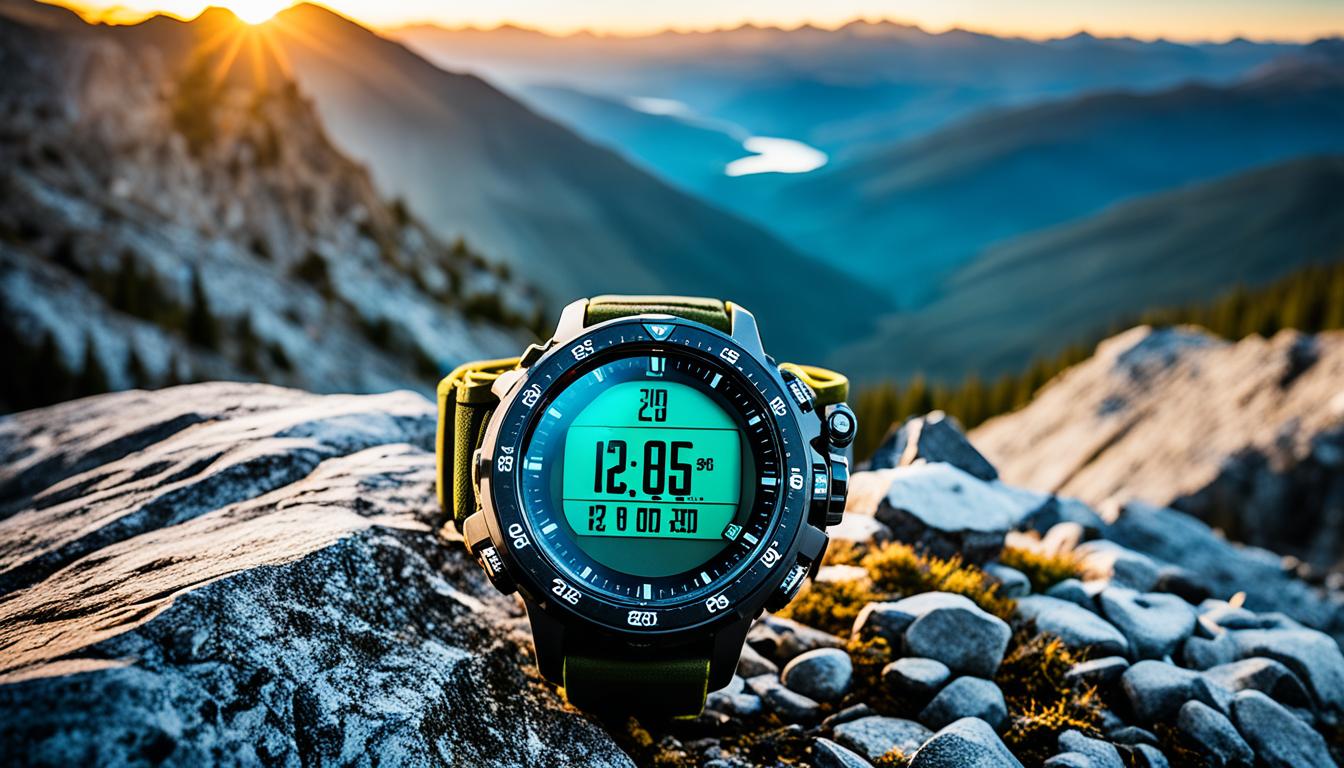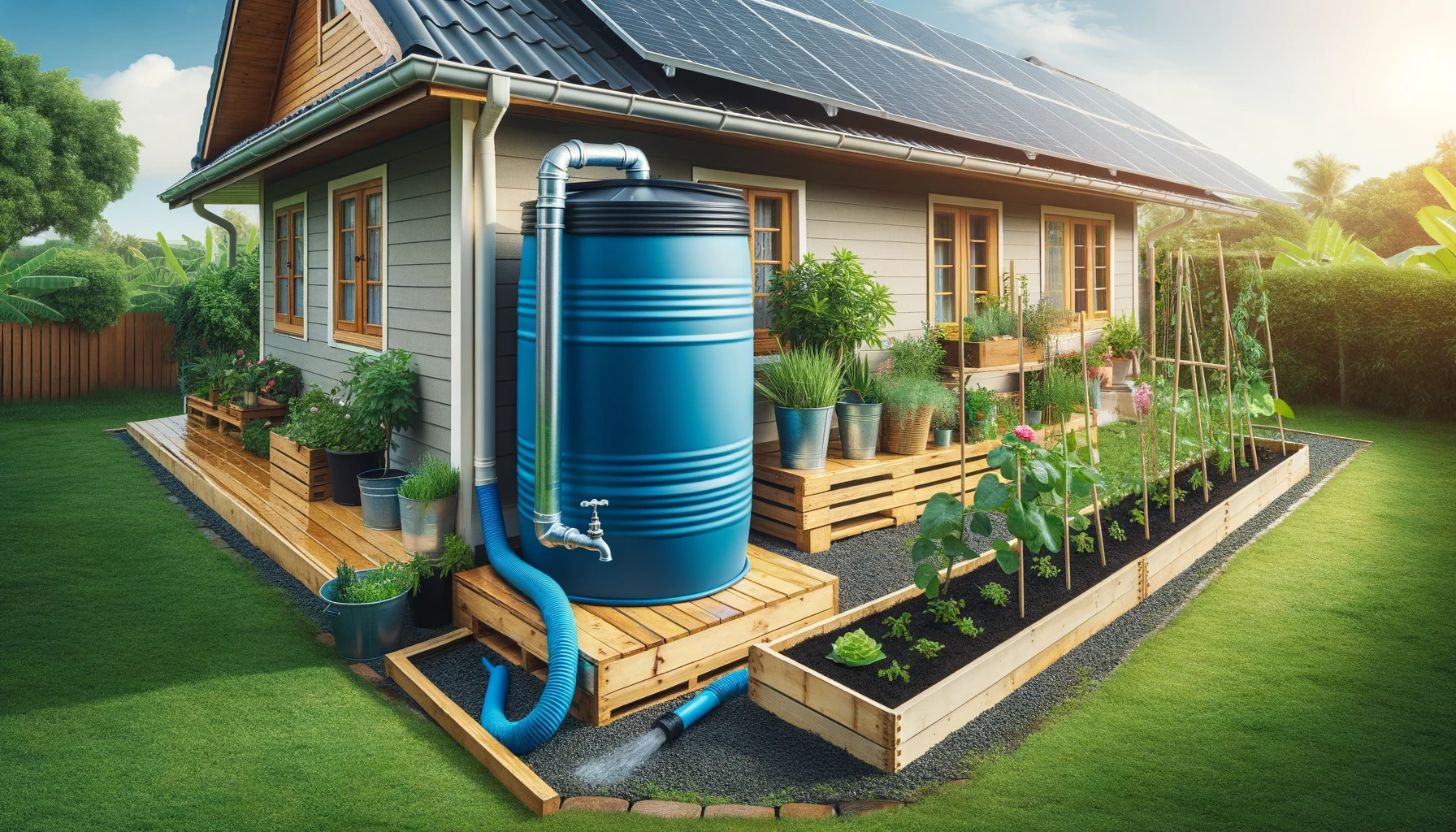Are you planning a trip into the great outdoors? Whether you’re an experienced hiker or a novice adventurer, it’s crucial to have a strong foundation in survival techniques. Knowing how to stay safe and self-sufficient in nature can make all the difference in unexpected situations.
In this comprehensive guide, we’ll cover the essential survival techniques and skills for beginners. From building a shelter to finding food and water, you’ll learn the basics of staying alive and well in the wilderness.
Disclosure: When you buy through links on our site, we may earn an affiliate commission.
- Survival techniques for beginners are essential for anyone planning to spend time in the great outdoors.
- Mastering basic survival skills can help you stay safe and confident in unexpected situations.
- Key survival skills for beginners include building a shelter, finding food and water, and basic first aid.
- Don’t forget to practice your skills regularly to stay prepared and confident in any adventure.
- Take every opportunity to learn and expand your knowledge of survival techniques.
Understanding Survival Priorities
As a novice in survival techniques, it’s crucial to understand the basic priorities in a survival situation. Experts agree that you can survive for:
| 3 Minutes | Without Oxygen |
|---|---|
| 3 Hours | Without Shelter (in harsh conditions) |
| 3 Days | Without Water |
| 3 Weeks | Without Food (in normal conditions) |
This is known as the “rule of threes.” It outlines the order of importance for survival needs, starting with shelter, then water, and then food.
In a survival situation, your first priority should be to find or create a shelter. You’ll need to protect yourself from the elements, such as wind and rain, to prevent hypothermia or dehydration.
Next, you’ll need to locate a source of water. Drinking contaminated water can make you sick, so be sure to purify it using boiling or filtration techniques before drinking.
Finally, food should be your last priority. While it’s important to have a source of nourishment, focusing on finding shelter and water is more important initially.
By understanding these basic survival priorities, you’ll be able to focus your efforts in a survival situation and increase your chances of staying safe and alive.
Building a Shelter
When you find yourself in a survival situation, having a shelter to protect yourself from the elements is essential. There are several types of shelters you can build using natural materials or improvised structures.
The type of shelter you build depends on the resources you have available and the environment you are in. For example, a debris shelter can be made using branches, leaves, and natural coverings like moss. Alternatively, a lean-to can be constructed using a long branch or log as a ridge pole and adding smaller branches and natural materials for cover.
No matter which type of shelter you choose to build, there are a few key things to keep in mind:
- Choose a location that is protected from the wind and potential hazards like falling debris.
- Make sure your shelter is large enough to accommodate you and any gear you have with you.
- Construct a bed out of natural materials like leaves or grass to insulate yourself from the ground.
Remember, building a shelter takes time and effort, so it’s important to start early and work efficiently. A well-built shelter can make all the difference in a survival situation.
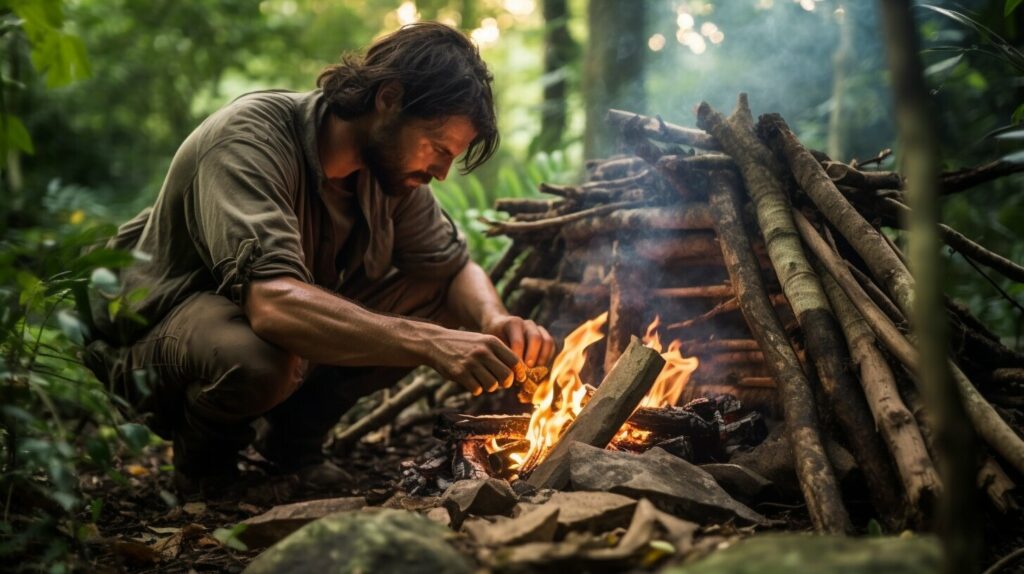
Finding Safe Drinking Water
When in a survival situation, finding a source of safe drinking water should be a priority. Your body can survive without food for weeks, but only a few days without water. Therefore, it’s essential to learn how to locate water sources and make them safe for consumption.
One of the easiest ways to find water is to look for low-lying areas such as valleys or depressions, as these are often indicators of underground water sources. You can also follow animals as they tend to gravitate towards water sources. It’s essential to purify the water before consuming it, as it may contain harmful bacteria and contaminants.
To purify water, there are several techniques you can use:
| Technique | Description |
|---|---|
| Boiling | Boiling water for at least 1 minute will kill most bacteria and viruses. |
| Chemical treatment | Using water purification tablets or drops to kill bacteria and viruses. |
| Filtering | Using a portable water filter to remove bacteria, protozoa, and other contaminants. |
| Solar disinfection | Filling a clear plastic bottle with water and exposing it to sunlight for at least 6 hours to kill bacteria and viruses. |
Once you’ve purified the water, it’s essential to store it properly. Store it in a clean and airtight container to prevent contamination. You can also use a straw-type water filter to drink directly from the water source, but make sure to read and follow the manufacturer’s instructions before using it.
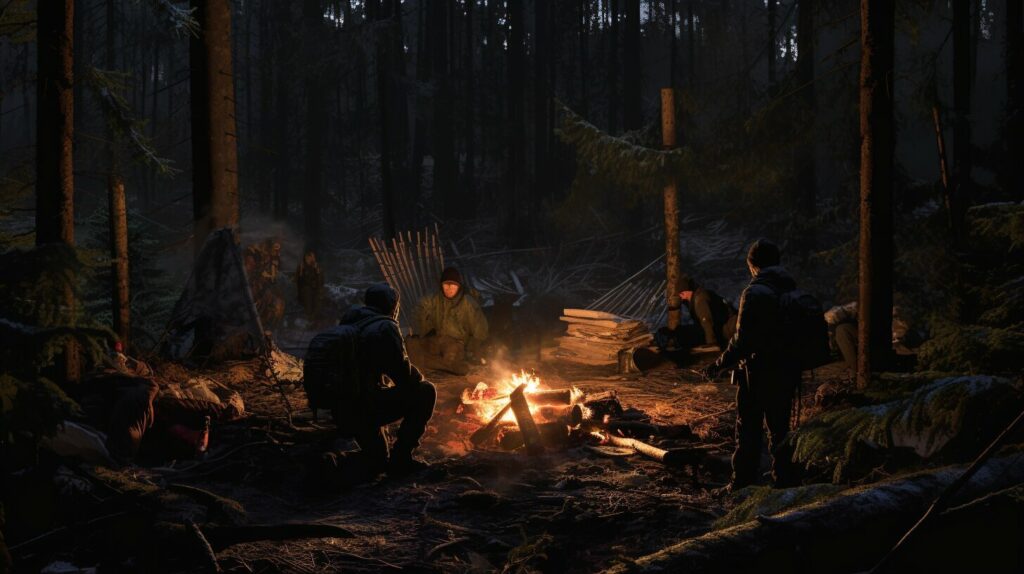
Starting a Fire
When it comes to basic survival knowledge, knowing how to start a fire is crucial. A fire can provide warmth, light, a means to cook food, and even signal for rescue. Fortunately, there are easy survival tips for beginners to help you get a fire started.
One of the most popular fire-starting methods is using a fire starter. These small tools are compact and easy to carry, making them perfect for camping or hiking. To use a fire starter, simply strike the rod with the included striker to create sparks that can ignite kindling.
Another method for starting a fire is using flint and steel. This technique involves striking a piece of flint against a steel blade, which creates sparks. With proper technique, these sparks can ignite a small pile of dry kindling.
If you don’t have any tools available, you can still start a fire using natural materials. Look for dry leaves, small sticks, and other easily combustible materials to create a small fire. As the flames grow, gradually add larger sticks and logs to keep it going.
Remember, starting a fire takes practice and patience. Keep trying, and before long, you’ll be able to start a fire with ease.
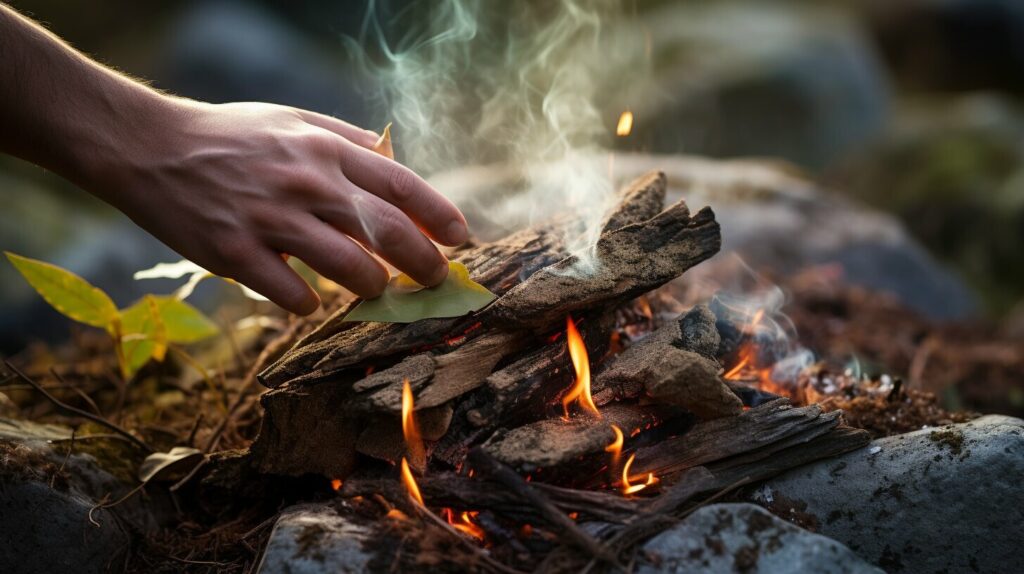
Finding Food
In a survival situation, finding food is vital to your survival and well-being. While hunting animals may be an option, it requires a lot of energy and can be time-consuming. Knowing how to find and forage for food can be a simpler and more efficient solution.
Edible plants: One of the easiest and safest forms of foraging is to identify edible plants. Some common ones include dandelions, wild berries, and cattails. However, it’s important to be cautious and only consume plants that you can positively identify as safe to eat.
Trapping small game: Another way to acquire food is by setting traps for small game such as rabbits, squirrels, and birds. Learn how to create simple traps using natural materials, and set them up in areas where you’ve seen signs of animal activity.
Fishing: If you’re near a body of water, fishing can be an excellent source of protein. Learn how to create simple fishing poles using branches, and use natural bait such as worms or insects. If you don’t have a hook, you can also fashion one out of a safety pin or other materials.
Remember to be respectful of nature and only take what you need. Don’t harm any plants or animals unnecessarily. With these basic survival techniques, you’ll be able to find food in the wild and sustain yourself until further help arrives.
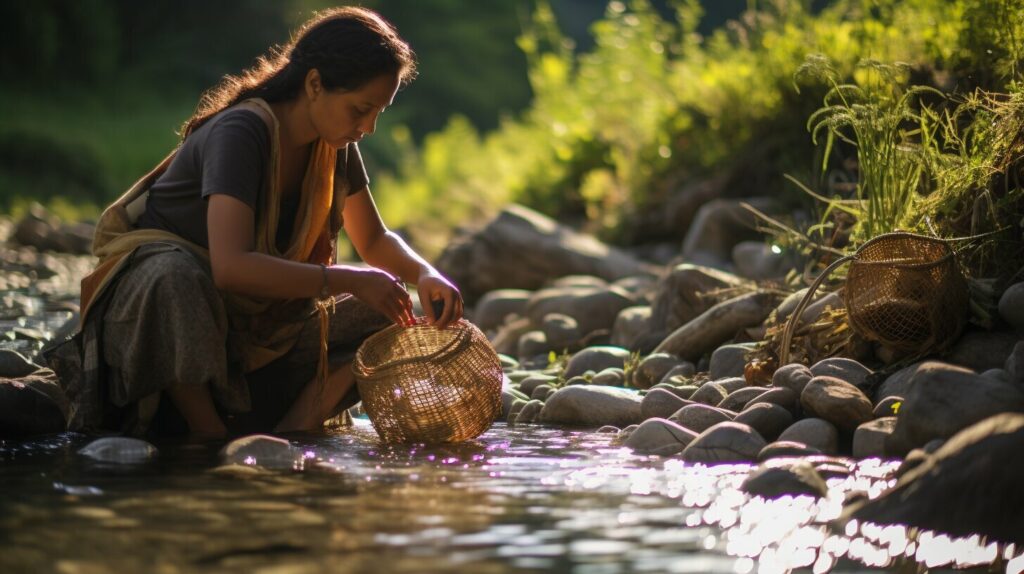
Navigating and Signaling for Help
Being able to navigate and signal for help is essential for getting out of a survival situation. Whether you’re lost in the woods or separated from your group, knowing how to navigate and signal can save your life. With a little knowledge and practice, you can navigate through unfamiliar terrain and communicate with rescuers.
One of the most basic navigation tools is a compass. A compass can help you determine direction, which is crucial for finding your way back to civilization. To use a compass effectively, hold it level and steady to get an accurate reading. Once you know your bearing, you can use a map to plot your course and locate landmarks that can help guide you.
In addition to navigation, signaling is another important skill to master. You can use a variety of methods to signal for help, including using a whistle, mirror, or smoke. A whistle is a loud and effective way to alert others to your location, while a mirror can reflect sunlight to catch the attention of rescuers. If you don’t have any signaling tools, you can also use natural materials, such as rocks or branches, to create a signal that can be seen from the air.
Remember, in a survival situation, it’s important to stay calm and think logically. Use the techniques you’ve learned to navigate and signal for help, and do everything you can to stay safe and visible. By mastering these basic survival techniques, you can confidently face any adventure in the great outdoors.
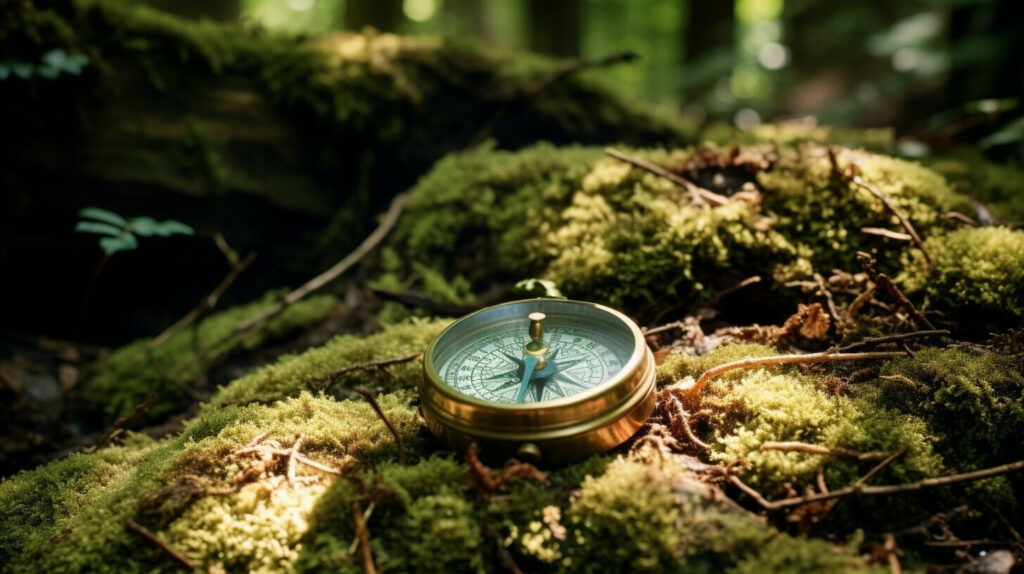
Basic First Aid Skills
In a survival situation, accidents and injuries can happen, no matter how prepared you are. That’s why it’s essential to have basic first aid skills and knowledge of survival medicine.
Here are some fundamental first aid techniques to keep in mind:
- Wound care: Clean and dress any wounds to prevent infection.
- Splinting: Immobilize any broken bones or sprains to avoid further damage.
- Recognizing outdoor hazards: Knowing how to identify common hazards, such as poison ivy or snake bites, can help you avoid them.
Survival medicine involves using natural remedies and plants to treat illnesses and injuries. Some common examples include:
- Arnica: This plant can be used topically to reduce pain and swelling.
- Calendula: Calendula has antimicrobial properties and can help heal cuts and bruises.
- Tea tree oil: This essential oil can be used as a natural antiseptic for wounds and insect bites.
It’s important to note that while natural remedies can be beneficial, they should never replace professional medical care. If possible, seek medical attention as soon as possible in an emergency.

Remember, being prepared with basic first aid and survival medicine knowledge can make all the difference in a survival situation. Take the time to learn these skills and practice them regularly so you feel confident in an emergency.
Conclusion
Now that you have completed this beginner’s guide to survival techniques, you have gained a solid foundation in essential skills and knowledge. Remember that practice makes perfect, so don’t hesitate to continue honing your skills and exploring new techniques.
Whether you’re planning a hike in the wilderness or want to be prepared for unexpected situations, mastering the basics of survival techniques is crucial for staying safe and confident in nature. You have learned about the rule of threes, which outlines the order of importance for survival needs such as shelter, water, fire, and food.
You have also learned how to construct various types of shelters, locate and purify water sources, start a fire using different materials, find and forage for food, navigate and signal for help, and provide basic first aid and survival medicine.
Remember to always prioritize safety and be prepared for any situation that may arise. With these essential survival techniques, you can confidently face any adventure in the great outdoors.
FAQ
Q: What are the essential survival techniques for beginners?
A: The essential survival techniques for beginners include mastering basic navigation, building a shelter, finding and purifying water, starting a fire, finding and foraging for food, and learning basic first aid.
Q: What are the basic priorities in a survival situation?
A: The basic priorities in a survival situation, also known as the rule of threes, include shelter, water, fire, and food. These are the most important needs to focus on in order to increase your chances of survival.
Q: How do I build a shelter in the wilderness?
A: There are various types of shelters you can construct in the wilderness, using natural materials or improvising with what you have. Learning basic shelter-building techniques will help you protect yourself from the elements.
Q: How can I find and purify water in a survival situation?
A: Finding a safe water source in the wild can be challenging. However, there are methods you can use to locate water sources and purify the water to make it safe for drinking. These techniques are essential for survival.
Q: What are some fire-starting techniques I can learn?
A: There are several fire-starting techniques you can learn, including using a fire starter, flint and steel, or natural materials such as friction or magnification. Mastering these techniques will help you start a fire for warmth, light, and cooking.
Q: How can I find and forage for food in a survival situation?
A: In a survival situation, knowing how to find and forage for food is crucial. You can learn about edible plants, trapping small game, and fishing techniques to supplement your diet and ensure you have enough sustenance.
Q: What navigation and signaling methods should I learn?
A: Being able to navigate and signal for help is essential in a survival situation. You can learn basic navigation techniques using a compass and map, as well as signaling methods such as using a whistle, mirror, or fire to attract attention and communicate.
Q: What basic first aid techniques should I know?
A: Accidents and injuries can happen in the wilderness, so it’s important to know basic first aid techniques. These include wound care, splinting, and recognizing common outdoor hazards. Additionally, knowledge of natural remedies and medicinal plants can be helpful.
Q: How can I continue honing my survival skills?
A: Practice makes perfect when it comes to survival skills. Keep exploring and learning about different techniques, and challenge yourself in various outdoor settings. With continued practice and experience, you can confidently face any adventure in the great outdoors.


